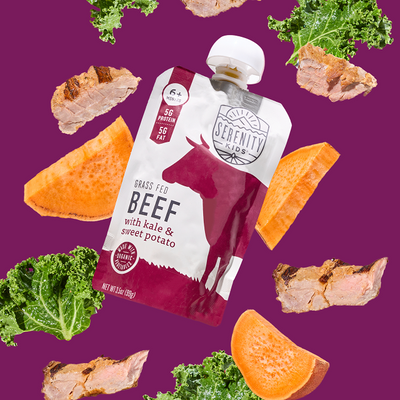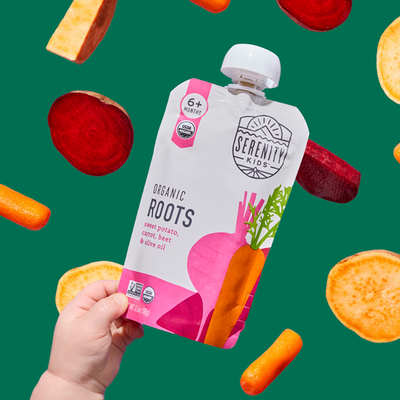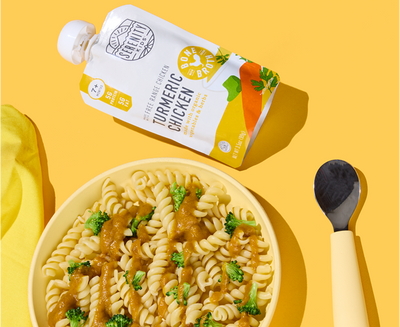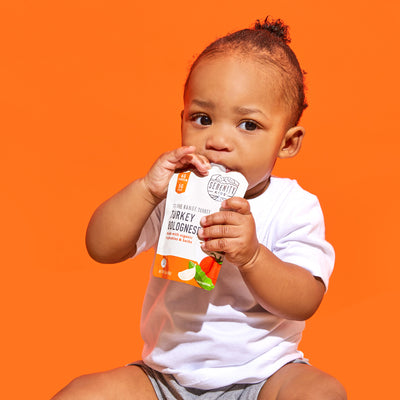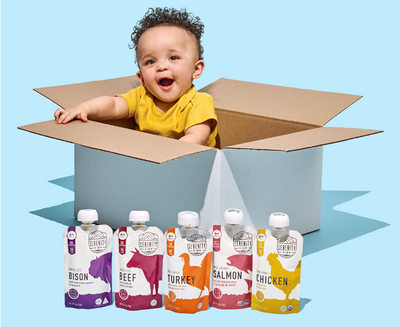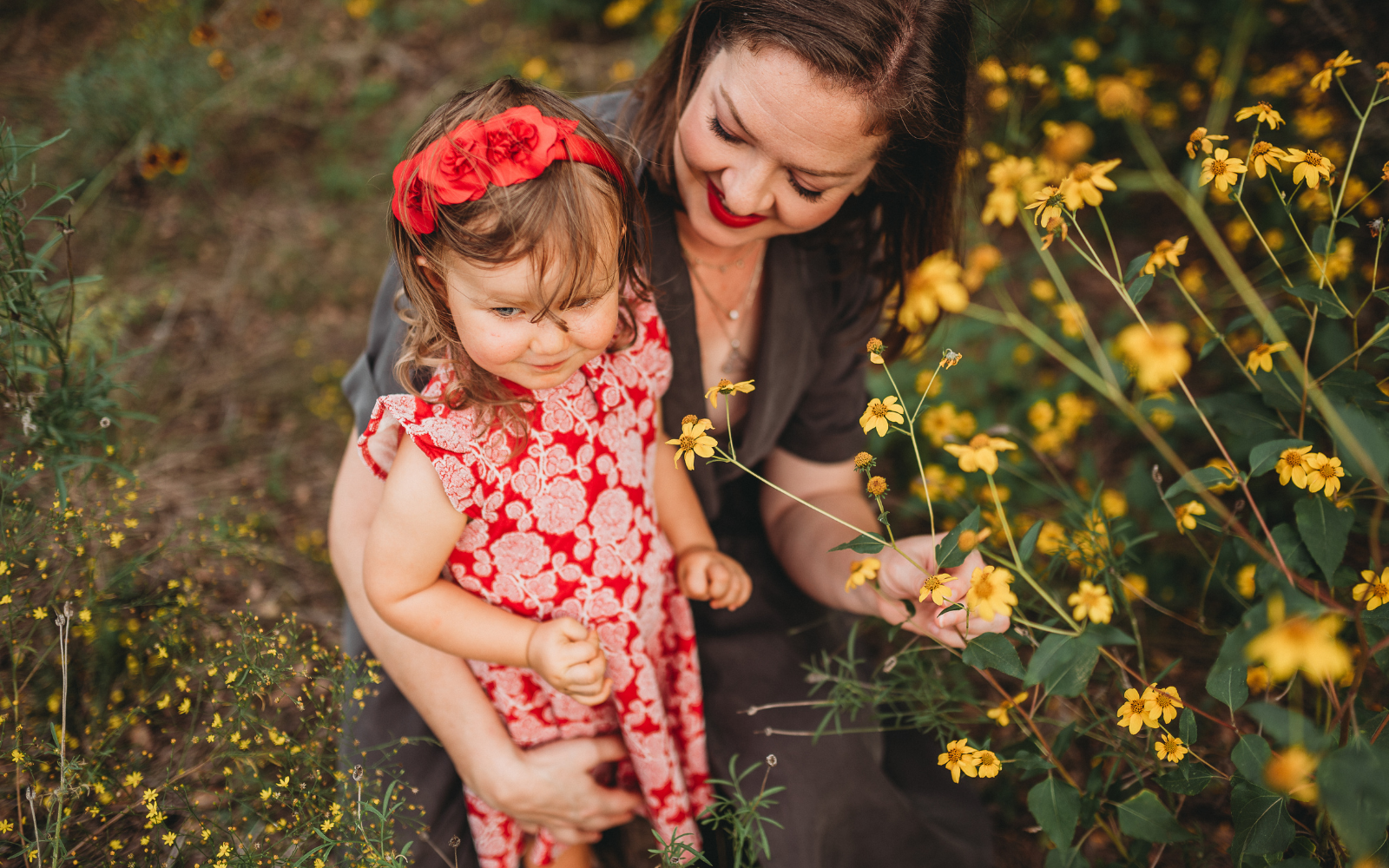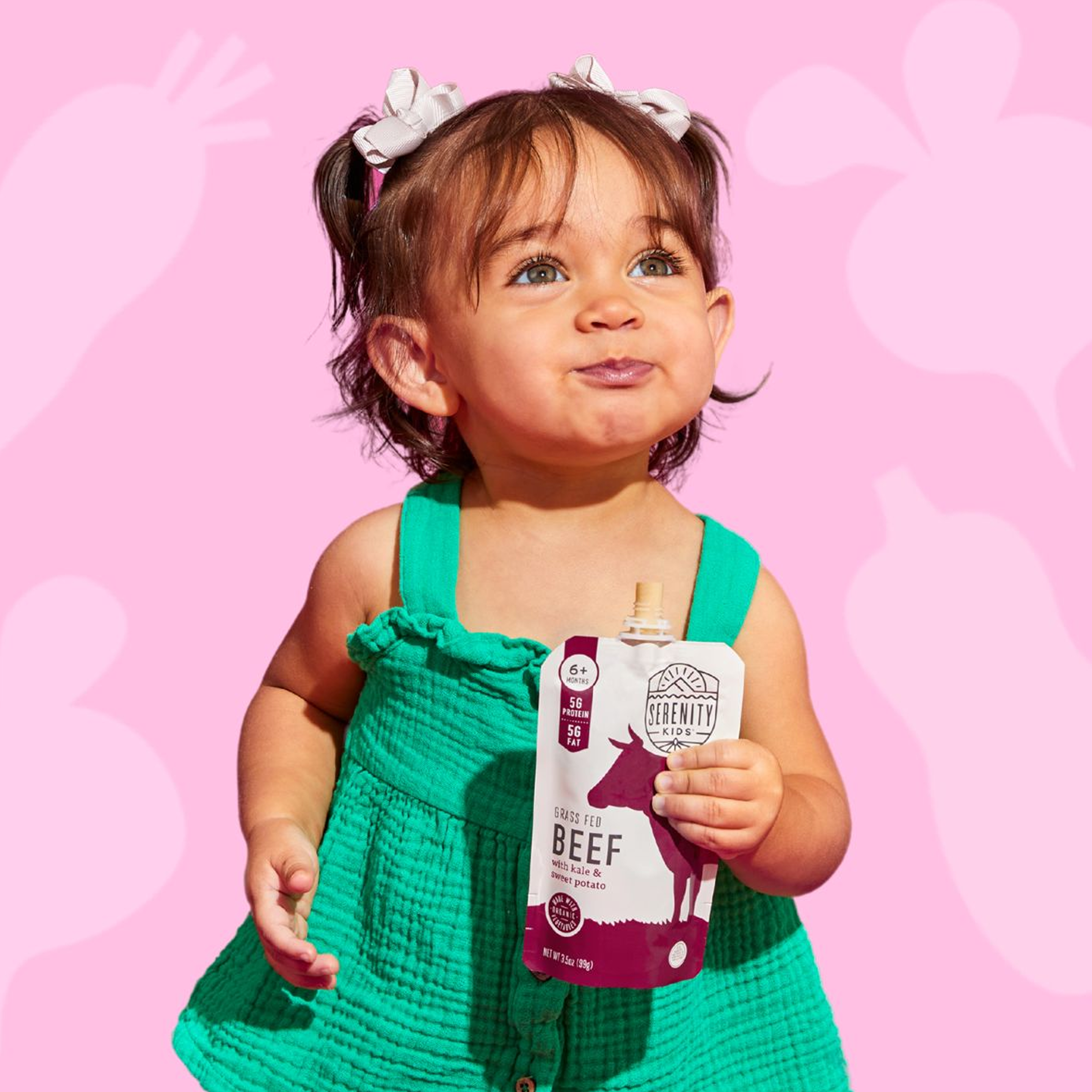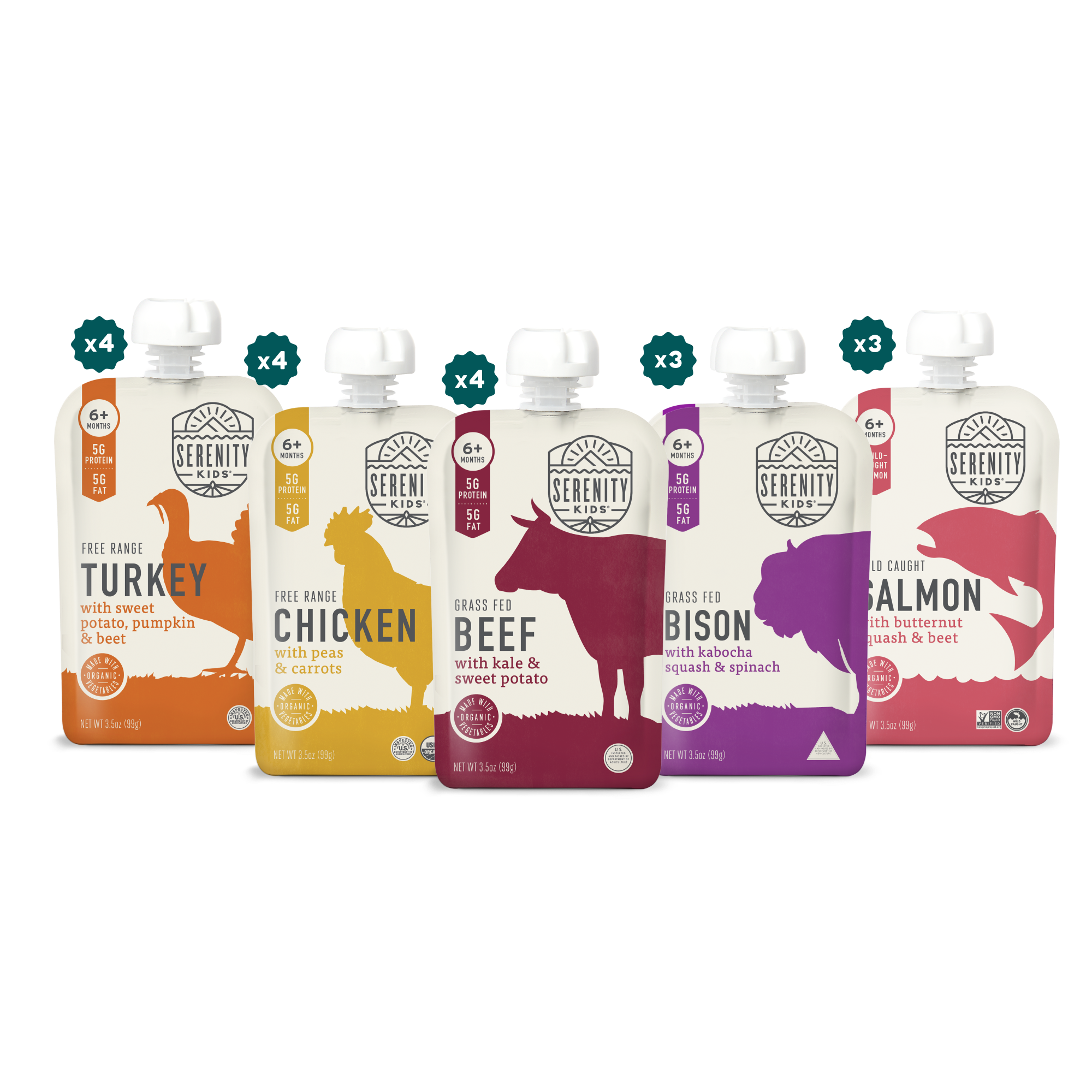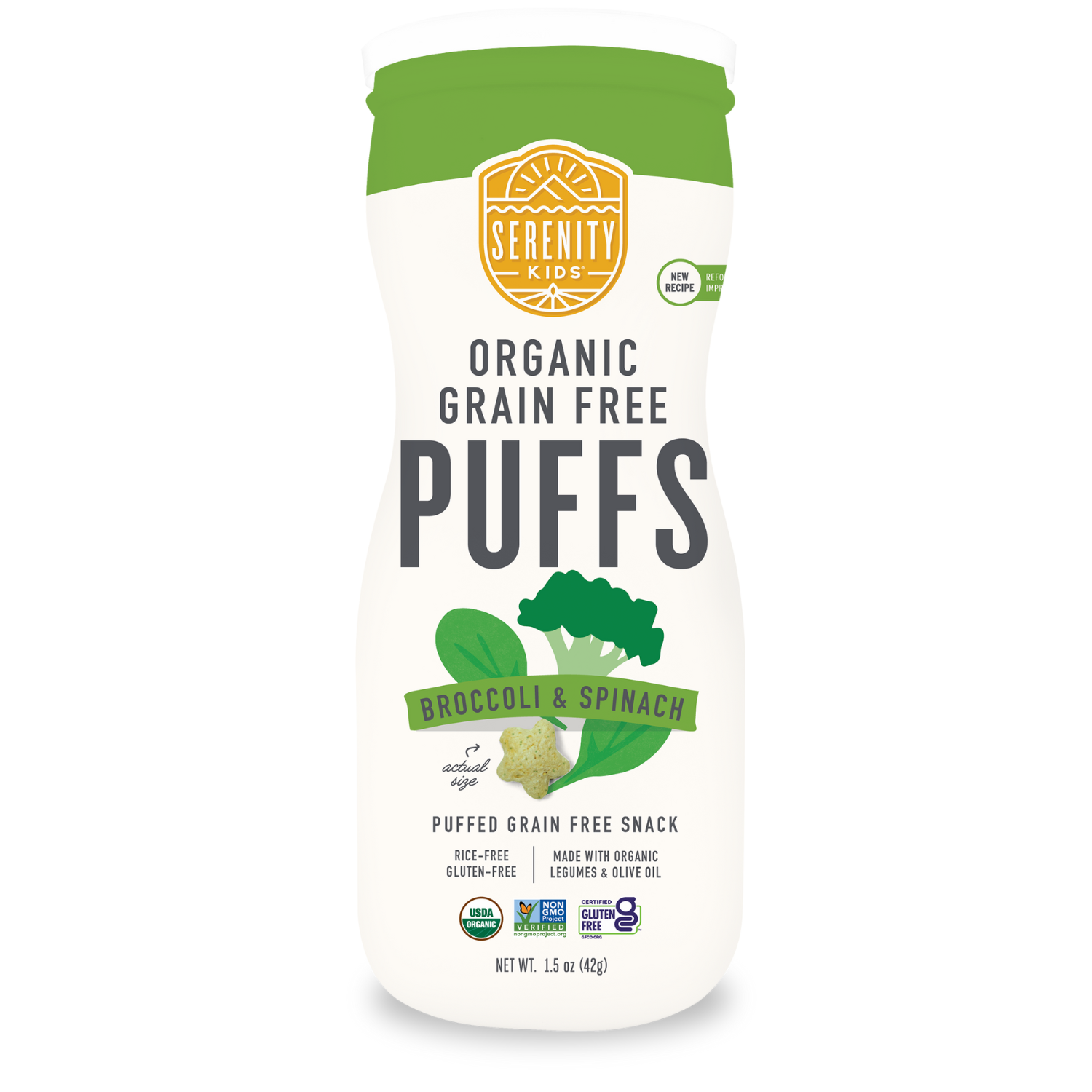Remember how difficult those early quarantine days were? Where there were so many unknowns and moms — YOU — were carrying the weight of the world? Where schools were closing left and right, and you had to figure out how to balance a career on top of homeschooling and endless Zoom meetings, or possibly leave your job to manage your family’s changing needs? Maybe you had to learn how to give yourself major grace as a stay-at-home-mom with zero contact from the outside world all of a sudden and remember how to take deep breaths, order groceries online, and figure out how to carry on with no breaks?
Our bubbles that were once full of community and adventure suddenly shrunk to just our families; overnight, our support systems were put on pause. We became overly familiar with our houses (and those who call it home), and a few extra gray hairs with grown-out roots.
At the beginning of quarantine life, my husband (and co-founder of Serenity Kids), Joe, and I divided up the 12 hours of the day that our daughter, Della, was awake into hourly kid-duty-shifts. This phase was SO STRESSFUL! I barely had time to shower, go for my walks, or do any self-care. I realized what happens to mamas when they slack on self-care. And sadly, so did my daughter.
Over the clicking of my laptop keys, I heard a little stream of water near the stairs, where no water should be. I walked over and saw Della bending over, peeing right on the carpeted stairs! I yelled, “What are you doing?!? Pee-pee doesn’t go on the stairs! Pee-pee goes in the potty!” Her little face scrunched up into a sad expression and turned red. She burst out crying.
“Anxiety is often connected with overstimulation from a stressful environment or threat; in contrast, anger is often tied to frustration. Often when anxiety is left unacknowledged and unexpressed, it can turn into frustration, which can lead to anger,” says Kristen Fuller, author of When Anxiety Turns to Anger: Relationship of Anxiety and Anger.
The “new normals” of quarantine life meant a house that was a total disaster, a mountain of dirty dishes, a toddler crawling up my body while trying to work, and a whole lot of tension — anxiety — because of the chaos.
I think I scared her when I lost my temper and took my stress out on the pee-on-the-stairs accident; looking back, this probably wasn’t the best time to start potty training (not sure what we were thinking there). After talking with Joe about the incident, I realized what was missing: my self-care rituals, sense of routine, and daily habits. My sense of calm and everything that kept me grounded was lacking, putting everyone else’s needs in my family ahead of my own. I needed to take a step back and see how I could take care of myself — after all, happy mamas = happy little ones. Cue, my mission for self-care…
What is Self-Care?
Think of all the things mothers do for their kids. We anticipate and meet all of their needs, we encourage them to learn and practice behaviors that help them thrive, and we nourish their curiosity. We share moments of playing and enjoying the world with them and strive to create happy little humans who will grow up to leave their unique mark on the world (and hopefully make it a better place).
Anything my daughter, Della, needs to grow strong and healthy is something I also need to stay secure, stable, and nourished. Anything I do to take care of her is something I can also do to take care of myself.
Most self-care activities fall into two categories: how we rest and re-energize and how we connect with other people. Self-care isn’t a one-time or occasional practice, and it doesn’t look the same every time. It takes a lot of effort, time management, prioritizing tasks, and intention. Although enjoying something pleasurable like a hot bath can be a form of self-care, it isn’t always what we need. We shouldn’t settle for self-care being considered a shower where we have time to shave our legs or a solo trip to the grocery store. Self-care comes from rituals, habits, and taking the space we need to charge our mom batteries.
Making time for self-care means setting clear boundaries with others and ourselves to make sure we are able to meet our own needs, lessen our anxieties, and fill up our cups with joy and light. We need to give TLC and support to ourselves in the same way we give it to everyone around us.
Why Self-Care is Important
Emily and Amelia Nagoski, the sisters who wrote Burnout: The Secret to Unlocking the Stress Cycle, call the belief that we always need to be calm, happy, and attentive to others the “Human Giver Syndrome.” The Human Giver Syndrome makes us think that self-care is selfish, and moms often experience that belief deeply.
When I became a mom, my whole identity shifted toward stewarding another person's life instead of my own. We live in a modern culture full of messaging that there is a right way to be a mother and a wrong way to be one. Our relatives, moms in chat rooms, social media influencers, advertisements, and the baby industry all insist on their parenting methods — potty training, feeding, how to be a primary caregiver, etc. Learning to be a “good” mom often made me feel that my life as an individual no longer mattered and that I was always falling short at something — either a goal for myself or something for my family.
But the truth is, if Mom isn’t happy, no one is happy. Look at your life as a cup or a mug for a second; if each of us holds our precious energy in a cup, self-care helps us ensure that our mugs aren’t leaky; that there are no holes — that we are whole and content. When our cups leak and turn empty, we can't share what's in them with others; we are mentally and physically depleted.
All new moms have to re-learn the practice of self-care, whether they are pregnant, newly postpartum, a toddler mom, or in their “postpartum+” phase with kids in school. Regardless of the age and stage of motherhood, it takes a LOT of effort to remember that self-love and self-care are as necessary as the oxygen we breathe. But how do moms practice self-love for themselves without feeling guilty?
What Self-Care Looks Like
What self-care looks like for me, for your BFF, or for the mommy-bloggers you follow on Instagram might not look like the self-care you need to fill your cup. I take long walks on the nature trail near our house to soak up the sunshine (hello, vitamin D), whereas someone else might prefer a 45-minute HIIT workout, listening to a podcast, unplugging for a few hours before bed, or giving themself an at-home mani/pedi. Getting to know yourself and your needs better is part of the process of practicing self-love. Learn what fills your life with happiness, comfort, and light, and do more of that.
Some examples of self-care for mamas can include the following (or a combination of them):
- Journaling daily for as little as 5 minutes
- Taking a warm bubble bath with candles
- Cozying up with a good book instead of scrolling on social media
- Planning a date-night with your PIC to reconnect as a couple
- Scheduling a Zoom or socially distanced happy hour with friends
- Daily meditation
- Moving your body
- Spending time in nature
- Communicating your needs to your partner/family
- Creating a chore chart for your kiddos to help around the house
- Take time to learn something new or try a DIY project to tap into your creativity
- Organize and declutter to create room for space
- Pamper yourself with an at-home spa night
- Eat whole, nourishing foods
- Setting healthy boundaries
- Grabbing your kiddos art stuff and expressing yourself on paper
Setting Boundaries & Prioritizing Needs
Setting boundaries is a massive part of self-care for anyone, but especially moms. “Setting boundaries is an important part of establishing one’s identity and is a crucial aspect of mental health and well-being. Boundaries can be physical or emotional, and they can range from being loose to rigid, with healthy boundaries often falling somewhere in between,” says Joaquín Selva, Bc.S., a psychologist, behavioral neuroscience researcher, and scientific editor.
For me, setting boundaries with compassion is huge for my well-being, inside and out. Janet Lansbury, a parenting advisor, writer, and teacher (go say “hi" to her on the ‘gram at @janetlandsbury), advises us to set boundaries like a CEO: calm, clear, firm, and non-emotional. Our children might have emotional reactions to boundaries, especially if they’re new. That’s okay and totally normal — it’s a lot, and scary, for a toddler to feel that they’re responsible for keeping their mama safe and happy, but remember, these are necessary boundaries that keep your kids safe and happy too, which is a win-win, and ultimately, you are responsible for showing up for yourself and what makes you the best version of yourself.
Selva recommends setting personal boundaries by defining them (identify the desired boundary), communicating them (say what you need), keeping them simple (don’t explain), and setting consequences (say why they are important). You can download his worksheet on creating personal boundaries for kids and parents here.
It’s totally normal to feel mom-guilt creep in when making time for yourself and your needs; after all, that’s what moms have to work at, constantly, to unlearn — to create a new normal around prioritizing maternal health and the benefits that come along with that, without plaguing guilt. Moms need to normalize doing what it takes to take care of their mental and physical health as they do for their families. Motherhood is full of sacrifices, day in and day out; let those moments we pause for self-care remind us that we are, in fact, doing the important work of loving ourselves so we can continue pouring out endless love to our family.




